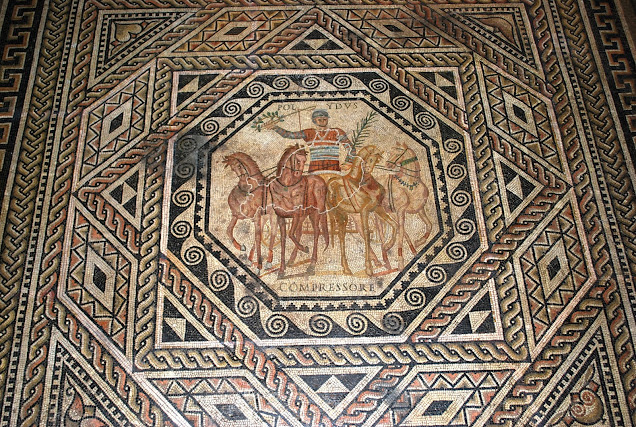Aulaeum of the theater

This machinery consisted of a system of counterweights hanging from masts of up to four meters above the surface of the stage to which the curtain was fastened. In this theater archeologists have located ten curtain wells containing fragments of wood set into iron ferrules whcih protected the bases of the masts. Look at the picture below.
 The mechanism fell into disuse after the reform of the Roman theater during the reign of Flavius. If you look at wooden stage at the picture in my message "Repeat:...", you can see the curtain wells.
The mechanism fell into disuse after the reform of the Roman theater during the reign of Flavius. If you look at wooden stage at the picture in my message "Repeat:...", you can see the curtain wells.
 The mechanism fell into disuse after the reform of the Roman theater during the reign of Flavius. If you look at wooden stage at the picture in my message "Repeat:...", you can see the curtain wells.
The mechanism fell into disuse after the reform of the Roman theater during the reign of Flavius. If you look at wooden stage at the picture in my message "Repeat:...", you can see the curtain wells.



Reacties
Een reactie posten